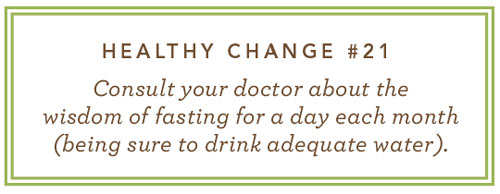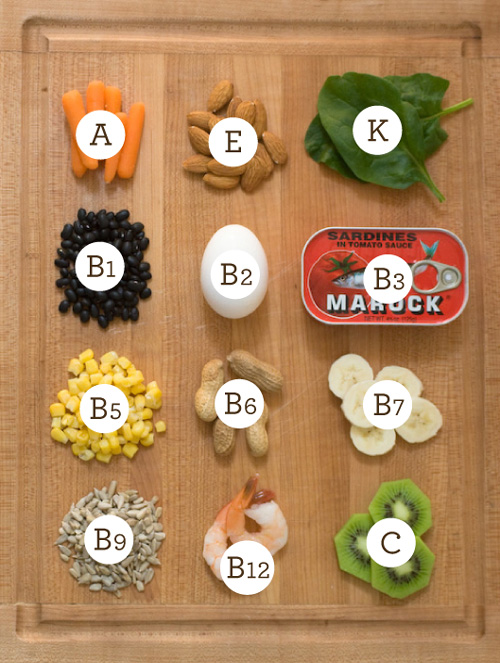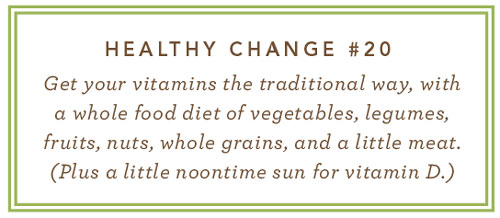The Last Post
I guess I’ve made my main point in (nearly) three years of Word of Wisdom Living posts. Exactly what point you wonder?
For those committed to living healthier longer, here’s the simplest summary I can make: Eat food as close as practical to the form in which it was created. In God we trust. Warning: Healthy eating requires home cooking. Or like it says on the toy packages: Some assembly required.
In the beginning, our humble goal was to save the world by reforming Food Inc—those heartless purveyors of the Modern American Diet (MAD). We sought to restore the olden ways of traditional cooking—the food your great-grandmother prepared but with the modern improvements—for longer lives and better deaths.
These modern improvements were pretty big: refrigeration, freedom from famine, laborsaving kitchen tools, and so on. Our time proffers the potential for the best health in human history. Yet we’re haunted by overweight, diabetes, heart disease, cancer, and the worst indignity, dementia. We're digging our own graves with our forks. The modern American diet had gone terribly wrong and WOWL sought the cure through better eating. Prevention always trumps cure.
52 Healthy Changes
It was an audacious goal: To reform the American food culture. But we weren’t alone. The new vision of how to stay alive through better eating is gaining traction in many quarters. Such a major change is best done in manageable steps, so we created the 52 Healthy Changes.
Readers have asked frequently that I print the list of 52 Healthy Changes but I have politely ignored those requests. Partly because the list keeps changing as we move along in the food reformation. But there’s another reason.
Back in 1970—has it really been 44 years?—I attended a small meeting where Stephen R, Covey spoke. I forget the subject of his talk but at the end he casually mentioned that he was making a list of the habits of successful people. As everyone knows, this list resulted in his perennial best seller 7 Habits of Highly Effective People and a business empire.
Intrigued, we pleaded with him to share the list. He declined, saying that just hearing the list wouldn’t change anything. But we persisted and he shared his list—an early version of the seven habits.
Well, he was right. Just having the list didn’t change us very much. Change isn’t that easy—reforming the way one works is hard. So I persisted in presenting the 52 Healthy Changes one by one, with a brief background to explain the importance. I hope it has helped you in your quest for healthful living.
Leaving for Midway
It’s early in the morning; the night is still dark. The Beautiful Wife is bustling about packing the many things required for a trip. In a few minutes we’ll leave for lovely Midway, Utah and the annual Swiss Days celebration. She’s half-Swiss you know.
It’s a long drive to Midway. I sink into deep thought on these trips, pondering the miles away. I love that part of the trip. Today I’ll think about all the things we’ve discussed in Word of Wisdom Living these three years. And we’ll think about what to do next.
To repeat, my 100,000 word guide—my estimate of the word sum of all the weekly posts—to good health through good eating simply adds up to something your great-grandmother might have told you in just twelve words: Eat food as close as practical to how it was first created.
I have to do some painting in Midway, but I'll also think about that book. (If you’re in Midway, stop and say hello. We’ll be at the family home, the one with the statue of a man offering you an apple.)
 Wednesday, August 27, 2014 at 5:32AM | by
Wednesday, August 27, 2014 at 5:32AM | by  Skip Hellewell |
Skip Hellewell |  54 Comments |
54 Comments |  29 References | |
29 References | |  Email Article
Email Article 








